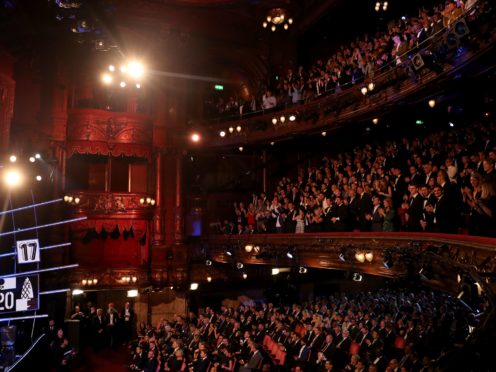Theatre critics should consider whether their own ethnicity and relative privilege makes them best placed to write about a particular topic, according to new rules drawn up by the Equity trade union.
The body, which represents more than 47,000 actors, performers and stage crew, has set out a package of guidelines to guard against “unconscious bias”.
Equity said it is making the recommendations in part to encourage the growth of a more culturally diverse body of critics.
Equality and diversity officer Ian Manborde said the guidance arose from “a long, problematic history of Equity members receiving criticism involving their race, ethnicity or skin colour with no objective, evidential reason”.
Writers are urged to remember everyone is equal and should not be treated as “strange” or “othered”, and approach unfamiliar themes, contexts and stories with curiosity and openness.
Critics should also “avoid referring to immutable characteristics such as age, race, gender and appearance unless such characteristics directly affect the production’s meaning”.
This feature – released on #StephenLawrenceDay – is an incredibly important piece of work, allied to Equity's fight against racism in the entertainment industry.
Read more and hear from @EmmanuelKojo_ at https://t.co/klddOMfiim https://t.co/EVMgU0ewR1
— Equity (@EquityUK) April 22, 2021
They must consider whether, based on factors including ethnicity and relative privilege, they are best placed to tell or interpret a story.
The rules also urge critics to make efforts to “distinguish clearly” between different racial and ethnic groups in a production, while using “current and inclusive” language.
The guidance suggests “true objectivity does not exist” and reviews will therefore be influenced by the writer’s own lived experience.
Equity has also published a suggested reading list which includes Why I’m No Longer Talking To White People About Race by Renni Eddo-Lodge and How To Be An Anti-Racist by Ibram X Kendi.
Additionally, it sets out guidelines for how to play an active role in combating racism, including taking up a mentorship position, providing publishing platforms for critics of colour and promoting initiatives seeking to diversify theatre criticism.
Informed by a diverse group of established and emerging theatre critics, led by Mark Fisher and Laura Kressly, the recommendations have been adopted by the National Union of Journalists, which will incorporate them alongside its code of conduct.










